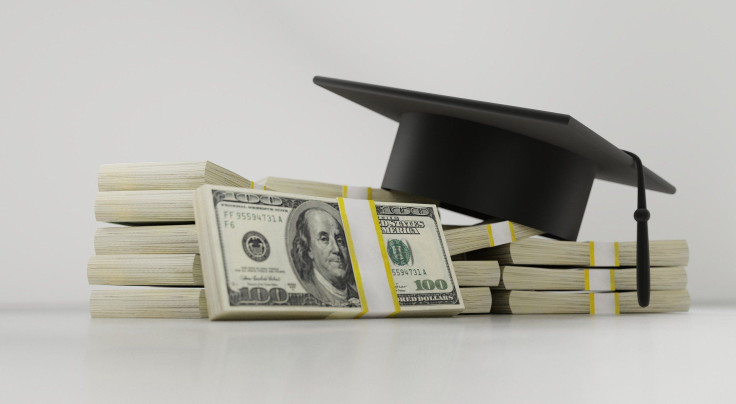Biden's Student Loan Forgiveness Might Not Be Enough To Stop Declining College Attendance
President Joe Biden's college debt reforms are not enough to motivate people back into the classroom. According to an October report by the National Student Clearinghouse, college enrolment fell by 1.1% in the fall of 2022. Enrollment has decreased by 6.5% since the pandemic's start, equating to over 1.5 million students.
"Although the decline has slowed and there are some bright spots, a path back to pre-pandemic enrollment levels is growing further out of reach," said National Student Clearinghouse Research Center Executive Director Doug Shapiro in the report.
The pandemic is one of many contributors to the college enrollment downturn. Historically high costs of tuition, student loan debt, changing age demographics, and the availability of jobs not needing a college degree are all working against the higher education system.
In August, Biden announced a student loan forgiveness plan that would provide $10,000 in federal student loan forgiveness to borrowers making less than $125,000 a year and up to $20,000 for borrowers who received Pell grants. The program was halted in a federal appeals court ruling on Friday while challenges from six states are being considered.
"We're gonna win that case. I think in the next two weeks you're gonna see those checks going out," Biden said in an interview with Reshad Hudson of Nexstar.
On October 21, Biden said in the first week of the application becoming available, 22 million Americans had applied.

The Education Data Initiative, a research team that collects and contextualizes data about the U.S. education system, estimates that in 2021, the average cost of college per student is $35,551, which includes tuition, textbooks, and other living expenses.
The numbers can get even bigger when broken down based on in-state or out-of-state tuition and private versus public schools. For a single academic year, an in-state student at a public 4-year institution is estimated to spend over $25,000. On average, in-state tuition costs over $9,000, and out-of-state tuition averages just over $27,000.
Private non-profit institutions average nearly $37,000 in tuition and fees. For one academic year, a student at a private non-profit institution is estimated to spend almost $55,000.
Many institutions advertise with the caveat that most students do not pay the total cost of tuition and counter that once scholarships, grants, and loans are added, students are only responsible for a fraction of the cost.
Harvey Mudd College in Claremont, CA, was recently named the most expensive college in America by the National Center for Education Statistics. The average cost of attendance in 2022-2023 at Harvey Mudd is $84,896 a year. The school, however, boasts that 70% of students receive some financial aid, either from scholarships, grants, or loans.
Loan forgiveness is a step to enticing students back to the classroom, but $10,000 or $20,000 is proving only to be a drop in the bucket for far-reaching student debt. U.S. student loan debt totals over $1.745 trillion, with over 42.8 million borrowers. U.S. News and World Report estimated that American students' average loan debt in 2022 is around $30,000.

More students are graduating from high school with concerns that a college degree no longer holds the same value it did for their parents. A recent survey by the Federal Reserve found that of Americans with a bachelor's degree under 45, over 4 out of 10 do not believe their education was worth the cost.
The non-profit ECMC Group surveyed over 1,000 students and found that 51% of Gen Z said they were considering getting a college degree, down by 20 percent from 2020. Moreover, the United States fell in world rankings from second to 16th in the population of 25-35-year-olds with a college degree since 2000.
"Today's students have experienced the pandemic's impact, and they want to forge their own path—a path that is shorter in duration, more affordable and connects directly to a career—especially a career in a field that needs workers," said president and CEO of ECMC Group, Jeremy Wheaton.
It is too early to tell if Biden's loan forgiveness will push more students toward higher education, but as of now, it appears Americans will need more than $10,000 to be motivated to get their degrees.
© Copyright IBTimes 2024. All rights reserved.





















